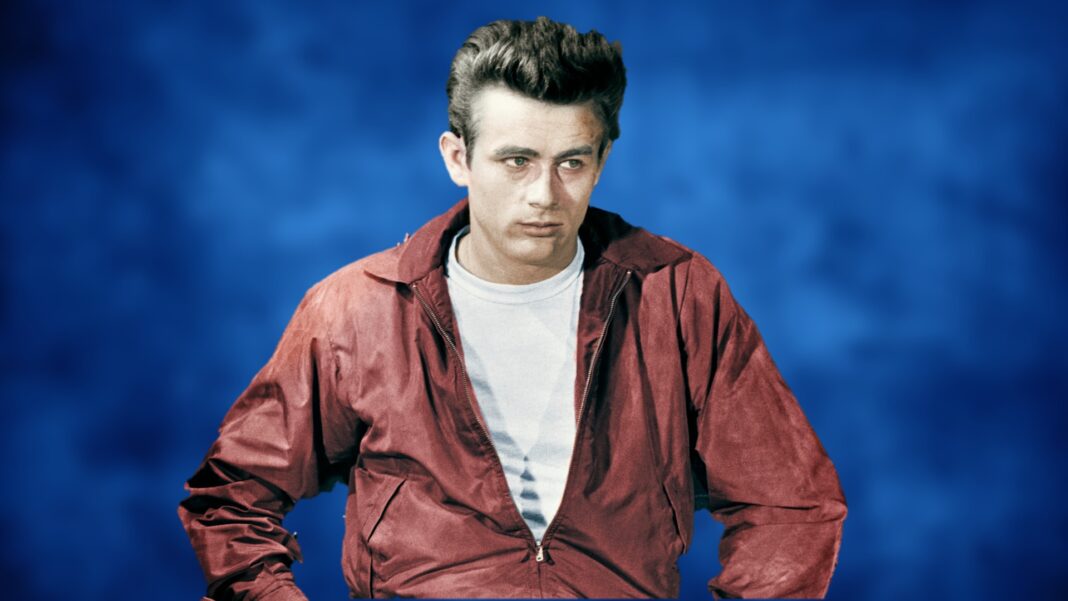HELLO AMERICA!—After so many years after James Dean’s death, his fans have increased by the millions throughout the world. I was informed about a few young film writers who are meeting weekly to create a miniseries based on their idols’ life. Since I met Jimmy in 1952, I managed to get to know him pretty well; I was interested in interpretive dancing as was Eartha Kitt and Marilyn Monroe, and taking classes together was challenging as well as unforgettable. Dean was determined to prove that he was more proficient in Afro American dancing than any of us. However, he was warm, charming, and earned artistic support from all of us because of his obvious determination.
In my book, “Hollywood Through the Back Door,” I described one of my experiences involving a young musician from the Los Angeles Philharmonic Orchestra that revealed a side of Dean, the world at that time would have been shocked, mainly because it was the early 1950s a time in Hollywood when it didn’t take much to shock the world. As a young USC student, at the time, I confess it didn’t take much to affect me, as well.
Dean was born February 8, 1931, in Marion, Indiana, to Mildred Marie (Wilson) and Winton A. Dean, a farmer turned dental technician. His mother died when Dean was nine, and he was subsequently raised on a farm by his aunt and uncle in Fairmount, Indiana. After grade school, he moved to New York to pursue his dream of acting. He received rave reviews for his work as the blackmailing Arab boy in the New York production of Gide’s “The Immoralist,” good enough to earn him a trip to Hollywood.
His early film efforts were strictly small roles: a sailor in Dean Martin and Jerry Lewis overly frantic musical comedy “Sailor Beware” (1952); a GI in Samuel Fuller’s moody study of a platoon in the Korean War, “Fixed Bayonets!” (1951) and youth in the Piper Laurie-Rock Hudson comedy “Has Anybody Seen My Gal” (1952). Dean did not enjoy working with Hudson; he believed the actor was fearful of proving he had a soul.
He had major roles in only three movies. In the Elia Kazan production of John Steinbeck’s “East of Eden” (1955) he played Cal Trask, the bad brother who could not force affection from his stiff-necked father. His true starring role, the one which fixed his image forever in American culture, was that of the brooding red-jacketed teenager Jim Stark in Nicholas Ray’s “Rebel Without a Cause” (1955).
George Stevens’ filming of Edna Ferber’s “Giant” (1956), in which he played the non-conforming cowhand Jett Rink who strikes it rich when he discovers oil, was just coming to a close when Dean, driving his Porsche Spyder race car, collided with another car while on the road near Cholame, California on September 30, 1955. He had received a speeding ticket just two hours before. At age 24, James Dean was killed almost immediately from the impact of a broken neck. His very brief career, violent death, and highly publicized funeral transformed him into a cult object of apparently timeless fascination.
Being an actor is probably the loneliest profession in the world. You are all alone with your concentration and imagination, and that’s all you have.
On the funnier side of life, I came across one of the funniest shows I’ve seen in a while. Produced by Segment Film Productions, “The Time Vault” brings back the comedy of the 50s and 60s, which I find hilarious. Perfect timing for a show like this. It can be viewed on “The Boomer Channel” on ROKU, or at https://www.segmentfilmproductions.com/






